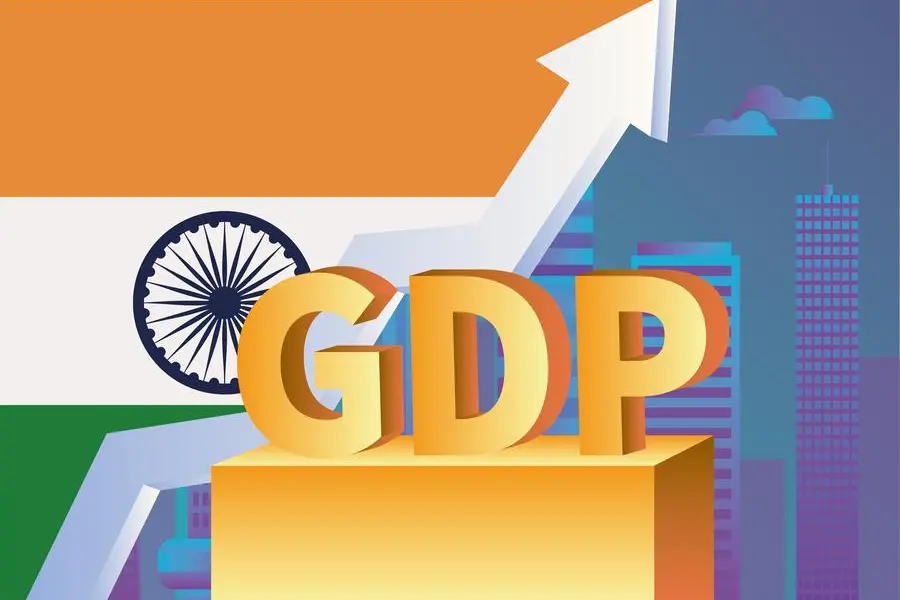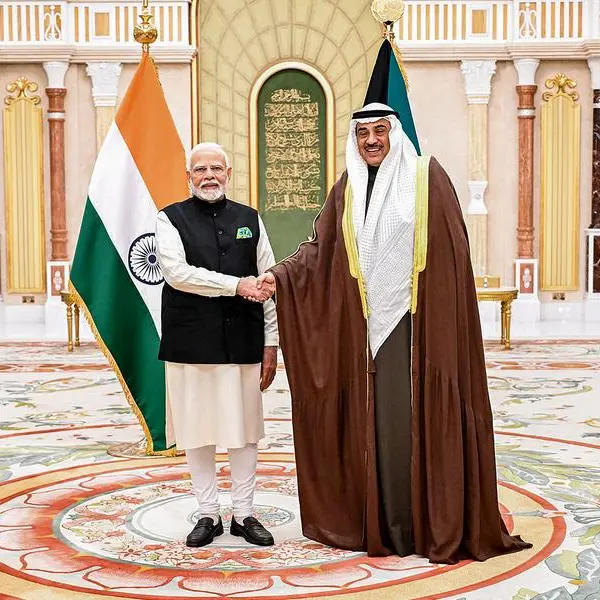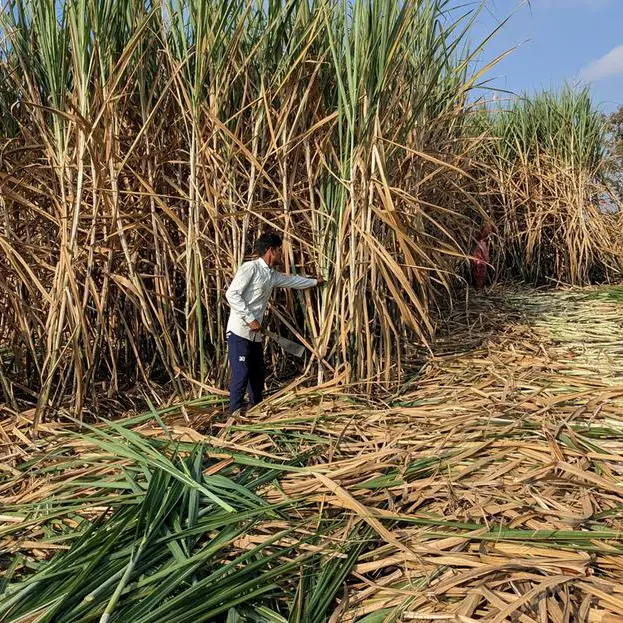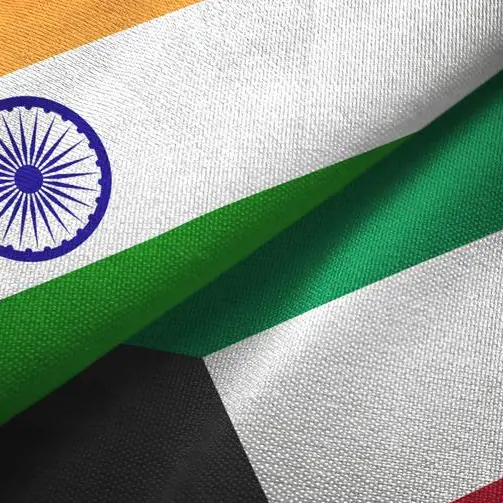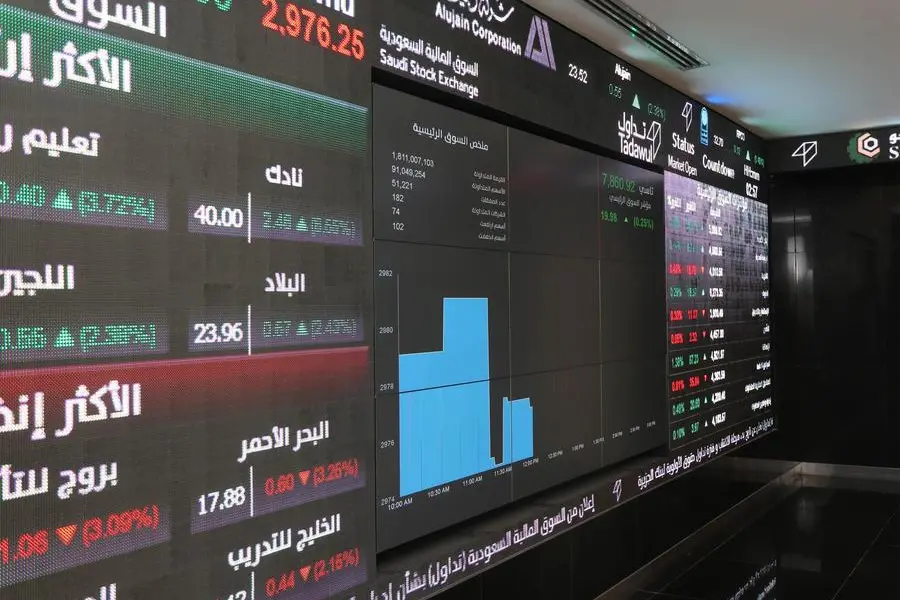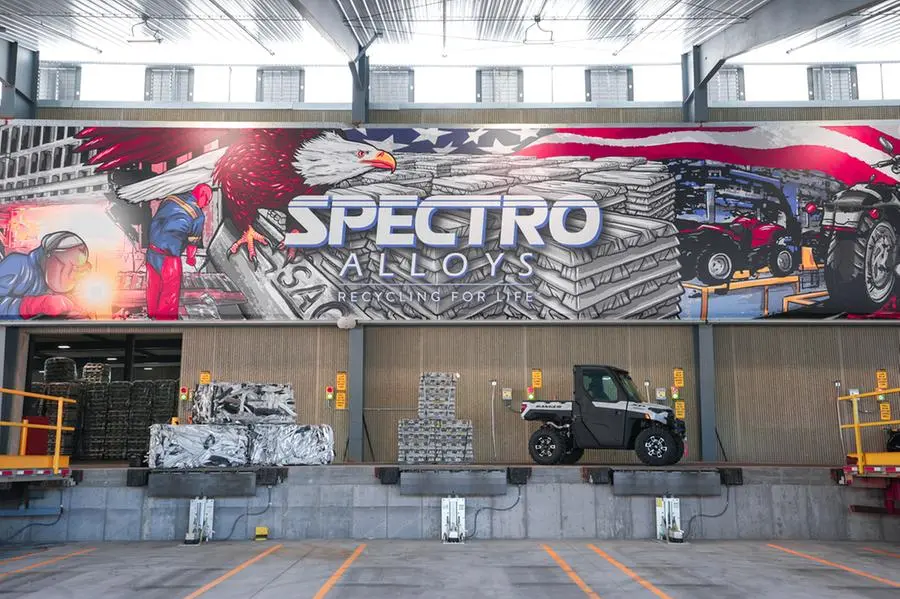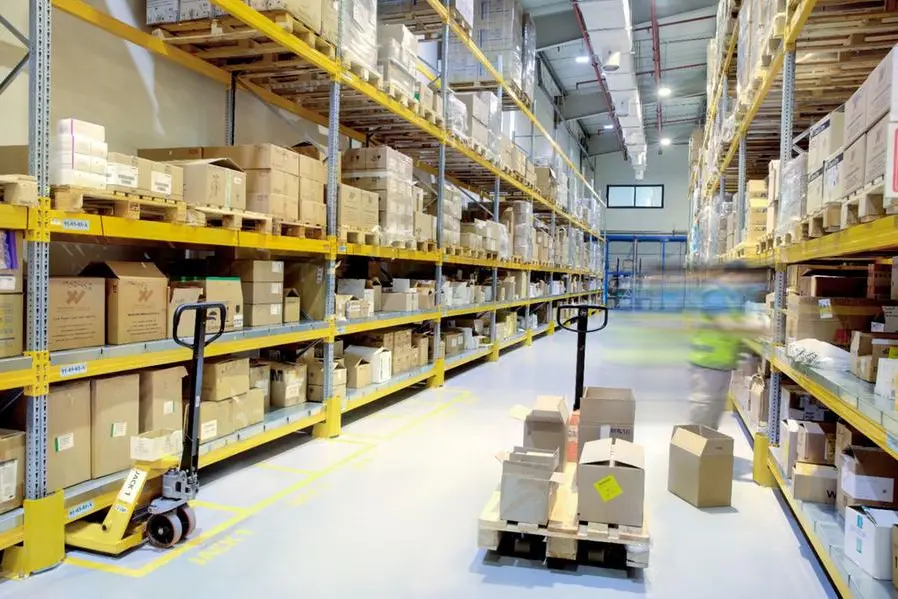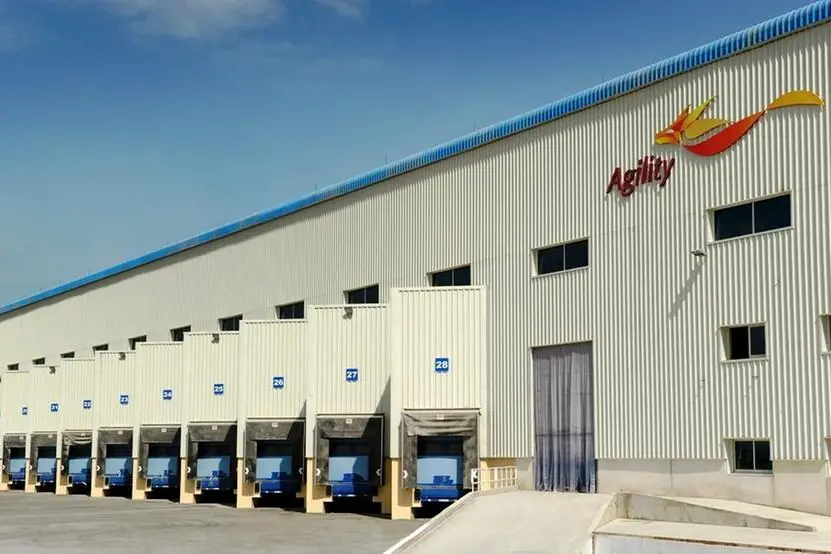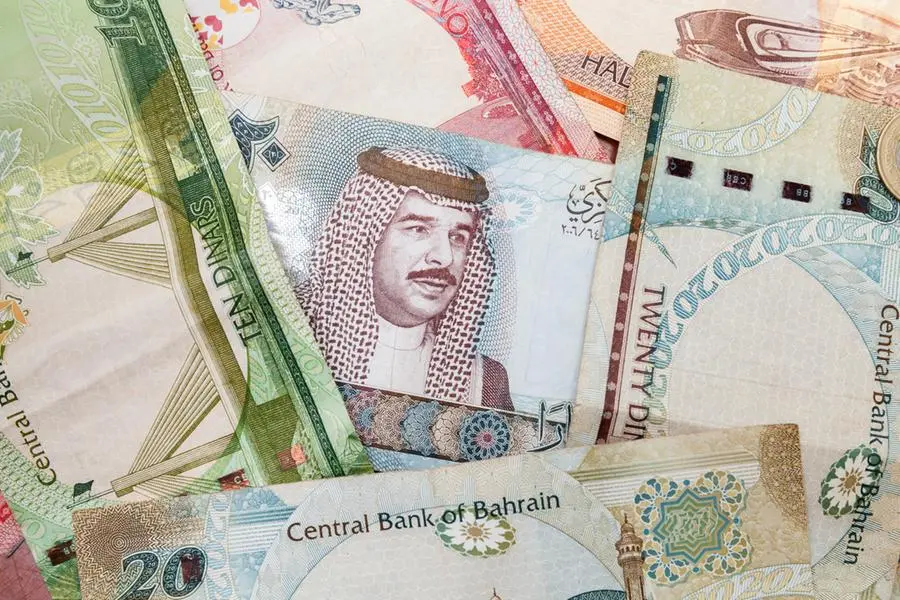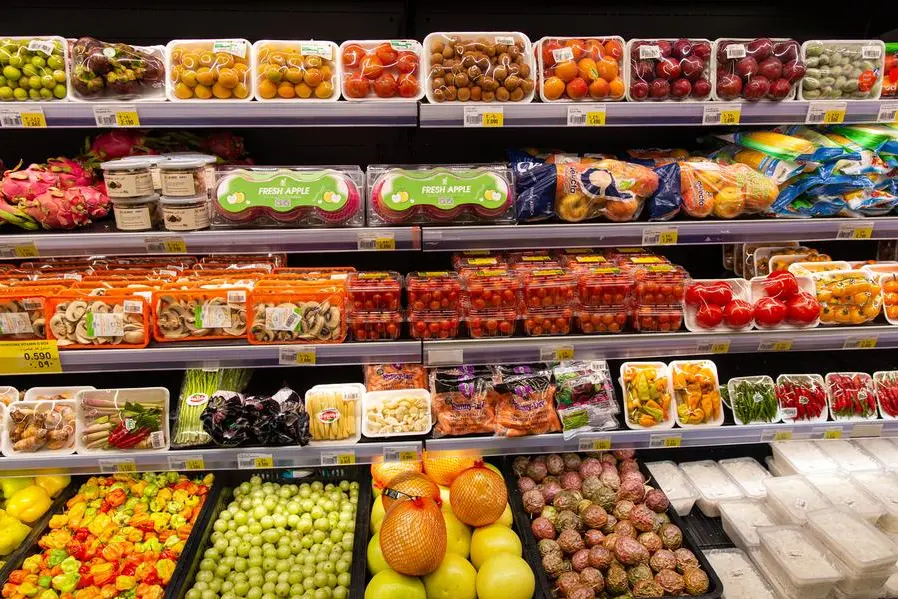PHOTO
New Delhi: Manufacturing sector has become a major driver of economic growth and expansion in India, contributing significantly to GDP and creating employment avenues for the growing young population.
The manufacturing sector contributes around 16-17% in India's GDP. The robust expansion of India's manufacturing sector is bolstered by digital transformation and technological innovation in key sectors such as automotive, electronics, food processing, textiles, defence and pharmaceuticals. These sectors have been instrumental in enhancing productivity and efficiency of the manufacturing sector in recent years, ensuring that India remains competitive in the global marketplace.
India best performer among the top world manufacturers
India's manufacturing activity shows continued momentum from 2021–2024, manufacturing PMI (annual averages) has accelerated from 54.5 in 2021 to 56.8 in the 2023. According to the manufacturing PMI, India stood in sixth place among the top 10 global manufacturers in 2021, improved to 1st in 2022, 2023, and 2024 (Jan-March), reflecting a significant revival of the manufacturing sector.
In 2022, India's average PMI was 55.3, the highest among the top 10 global manufacturers, followed by the United States (53.4) and Japan (52.1). In 2023, India's PMI increased to 56.8, followed by Mexico (51.2) and China (49.9). In the recent months (January- March 2024, India's PMI value was 57.5, followed by the United States (51.6), Mexico (51.6), and Korea (50.6).
India has implemented the robust policies for the growth of manufacturing production and manufacturing exports to become a global manufacturing hub. The policy initiatives such as Make in India, Productivity Linked Incentive (PLI) Scheme, PM Mitra Textile Parks, Bulk Drug Parks, and 43 Towns of Export Excellence have been strategically established to promote specific export sectors and to build essential infrastructure.
Establishment of the India Industrial Land Bank (IILB), the Industrial Park Rating System (IPRS), and the launch of the National Single Window System (NSWS) are designed to create ease of doing business and to foster sustainable growth in the manufacturing sector. Policy efforts are focused to address logistics gaps and bottlenecks to reduce logistics costs and to enhance efficiency.
Make in India, an initiative launched in 2014 to facilitate investments, foster innovation, build best in class infrastructure and make India a hub for manufacturing, design and innovation has provided fruitful results. It was one of the unique single, vocal for local initiative that promoted India's manufacturing domain to the world. The various government policies like 15% tax rate for new manufacturing firms have shown promising results. Despite the setback caused by Covid-19, the tax cut stimulated some new ventures.
In pursuit of India's vision of becoming 'Atmanirbhar', Production Linked Incentive (PLI) Schemes for 14 key sectors were announced to enhance India's manufacturing capabilities and Exports. PLI Scheme across these key specific sectors is poised to make Indian manufacturers globally competitive, attract investments in the areas of core competence and cutting-edge technology; ensure efficiencies? create economies of scale? enhance exports and make India an integral part of the global value chains.
Growth of manufacturing in India
The transformative growth of the manufacturing sector has been a cornerstone of India's growth. The manufacturing sector has showcased a robust growth from a level of 3% in 2011-12 to 5.5% in 2023-24. The sector has seen the highest growth of 11.8% during 2021-22 in the post pandemic period showing a V shape recovery from the daunting impact of coronavirus, rebounding from the negative growth rate of -9.6% during the pandemic period, 2020-21.
During the pre-pandemic period (2017-18 to 2019-20), the manufacturing sector grew at an average growth rate of 2.4%, while the sector grew at an average growth rate of 7.3% during the post pandemic period (2021-22 to 2023-24) showcasing the proactive measures and policies undertaken by the government. In the past thirteen years, the sector has showcased a growth rate of 3% on average.
Share of manufacturing in Gross Value Added (GVA)
The share of manufacturing in India's Gross Value Added (GVA) has exhibited a remarkable trajectory over the recent years. Manufacturing share in GVA increased from 14.7% in 2019-20 to 17.3% in 2022-23.
This recent uptrend indicates a strong post-pandemic recovery, bolstered by increased investment, supportive government policies, and a resurgence in domestic and international demand for Indian manufacturing products. The sector's ability to regain and even exceed its previous share underscores its crucial role in driving India's economic growth and structural transformation.
Growth promising manufacturing sectors
The electronics industry continues to rise in importance as its applications become pervasive, particularly in the socio-economic development of a country. The major drivers of growth in this industry are mobile phones, consumer electronics, and industrial electronics. In the mobile phone segment, India has become the second-largest mobile phone manufacturer globally, with the production of handsets going up from 6 crore units in 2015 to 31 crore units in 2022.
The semiconductor industry in India has become an inseparable part of almost all the sectors , playing an integral role across diverse sectors. Positioned as a critical industry, it underpins the functionality of virtually all electronic devices, shaping the efficiency and intelligence of our daily lives. India has emerged as a prominent hub for semiconductor design, witnessing the creation of nearly 2,000 chips annually, with over 20,000 engineers contributing to various facets of chip design and verification.
Textile sector is one of India's most significant sources of employment generation, with an estimated 4.5 crore people directly engaged in this sector, including a large number of women and the rural population. The Indian Pharmaceutical industry plays a prominent role in the global pharmaceutical industry. India is ranked 3rd worldwide in the production of pharmaceutical products by volume and 14th by value. The nation is the largest provider of generic medicines globally, occupying a 20 percent share in global supply by volume, and is the leading vaccine manufacturer globally with a market share of 60 percent.
The gems and jewellery sector in India stands as one of the oldest and vital sectors, playing a significant role in the country's economy and international trade. Renowned for its deep-rooted tradition in jewellery making, India has positioned itself as a key player in the global market for the manufacturing, refining, and exporting of gems and jewellery.
This rapidly expanding sector is focused on exports and relies heavily on labour, providing employment to more than 2.5 million individuals.
The food processing sector stands as a linchpin in India's economic advancement, fostering robust synergies between industry and agriculture. With the growing demand for processed food items shaping consumer preferences, this sector unveils a new horizon of prospects for both agricultural and industrial domains. This dynamic landscape propels diversification and commercialization in agricultural practices, optimizing resource utilization, augmenting farmers' earnings, and broadening export opportunities for agro-based products and employment opportunities.
In conclusion, India's manufacturing sector has exhibited remarkable resilience and adaptability, emerging as a key driver of economic growth and employment generation. Despite facing challenges such as global economic downturns and the disruptive effects of the COVID-19 pandemic, the sector has demonstrated robust growth, propelled by technological advancements and proactive government policies. Initiatives like the PLI Scheme, infrastructure development projects, and support for MSMEs have played pivotal roles in fostering the sector's expansion, enhancing competitiveness, and positioning India as a global manufacturing powerhouse.
© Muscat Media Group Provided by SyndiGate Media Inc. (Syndigate.info).
